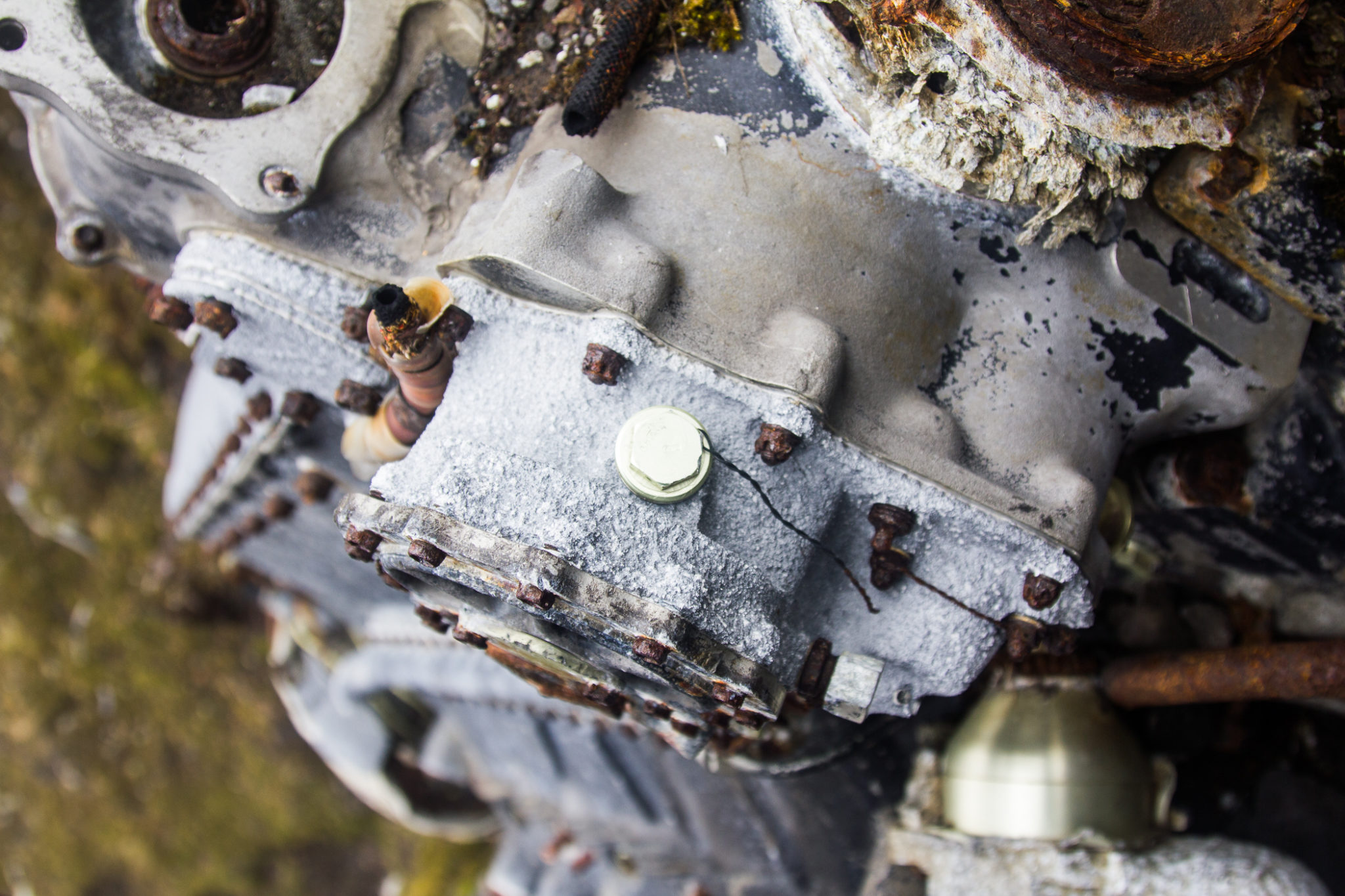Jan Mayen has been important for predicting the weather in Europe ever since the first meteorological station was established in 1921. World War II was no exception. Norwegian troops were stationed on the Island to maintain the critical forecasts, and was the only part of Norway not occupied by Germany.
The Germans had several flights to the region during to war, to collect weather data, and to occasionally drop a bomb or two on the military base (with no casualties inflicted). At least two german bombers crashed into the Island, probably due to poor navigation in dense fog.
The Junkers Ju 88 crash site remained undiscovered into the late fifties. Today the crash site is more or less untouched, and “rediscovering” the wreck was a mind-blowing experience. It brought history so much closer to see the intact wreck, with easily recognizable items scattered across the terrain. This must be one of the few places on the planet where treasure like this are left untouched.


Wow fantastic state of preservation up in the cold, been to afew Ju88s that smashed into hill sides around where im living in Stavanger Norway (not much left of them)
Thank you so much for posting these awsome pictures , it looks like you guys have had some great adventures on you’re yacht.
Would you have a GPS or a rough location of where the wreck is ??
Keep up the great work and remember even a bad days diving is better than a great day at work
Must be one of the most known intact wrecks from WW2 around, due to the inaccessibility of the wreck. Lets hope it will remain intact for generations to come. Exact position, Jan Mayen 🙂
Fab photos and really interested in making a trip to see this for an upcoming documentary, but how the hell do you get there? 🙂 Is it possible?
Hi Lee, no commercial means of transport. I guess the best way is to set sail 🙂
A.